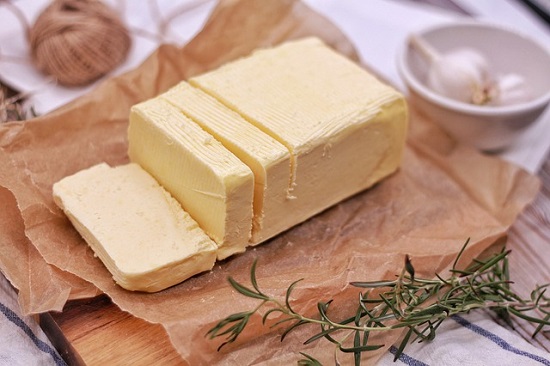
Is it worth paying more for "lactose-free" foods?
The digital supplement of La Buena Vida from El País newspaper has compiled information on a current topic such as lactose-free products. Julio Polaina, an IATA researcher from the department of food biotechnology, has explained to the newspaper some basic aspects to dismantle some myths that are generated around this natural sugar contained in some foods.
It is important to know that not all dairy foods contain lactose, and some products such as yogurt, kefir or butter are suitable for intolerant because the processes of making some dairy products make the lactose disappear from the product. That's why buying "lactose free" products is, except for very extreme intolerances well diagnosed by a specialist, unnecessary and often more expensive.
Polaina explains: "Adult lactose intolerance is a normal characteristic of our species", but in those pastoralist peoples they have managed to adapt to the environment, since milk was a staple of their diet and some of these people they had a genetic mutation that made their small intestine continue to produce lactase (the small intestine enzyme that is responsible for dividing lactose into two sugars to be absorbed) in adulthood, which gave them an evolutionary advantage, because they could feed better than your neighbors and live longer.
That's why today, most of us are descendants of those first shepherds and that's why between 70% and 50% of Spaniards continue to produce lactase for the elderly.
In addition, it is important to note that, according to data collected by the Spanish Foundation of the Digestive System, "a large part of these patients can tolerate up to 12 grams of lactose daily, which is equivalent to a glass of milk."

